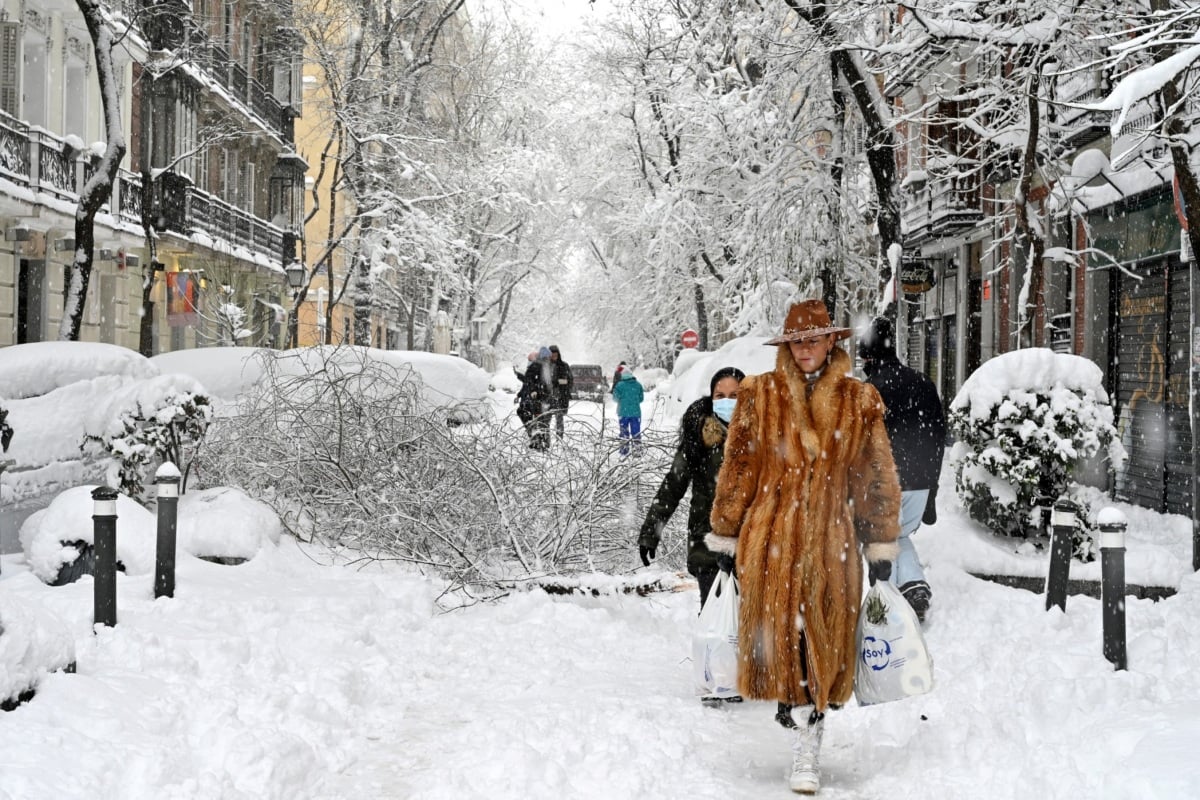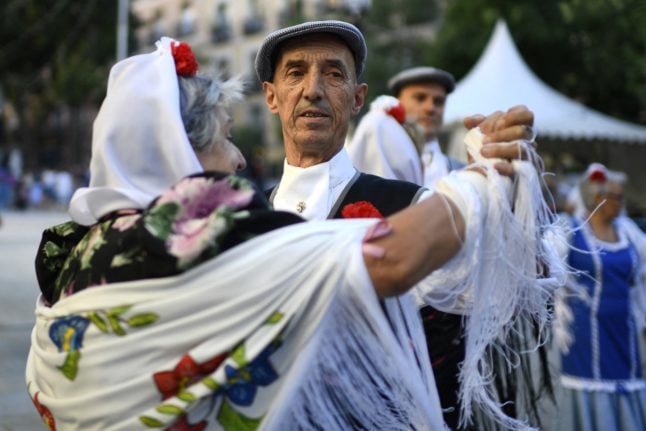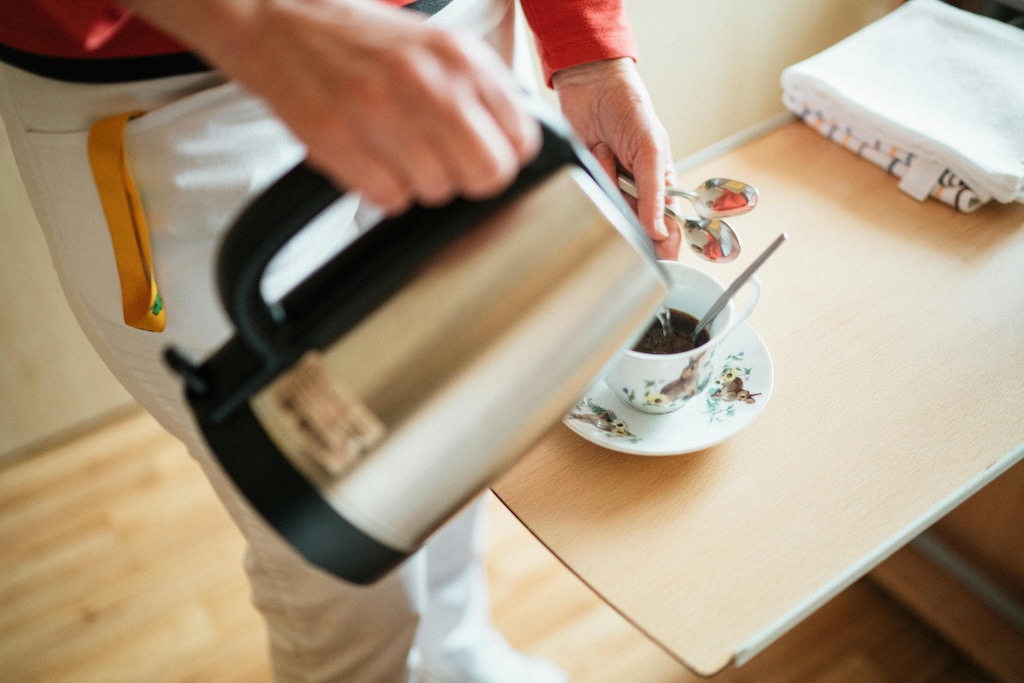The clichés about Spaniards which most foreigners are familiar with are that they’re lazy, party-loving and loud, but within Spain there are plenty of regional stereotypes that outsiders haven’t heard of.
One of them is that people from Madrid – madrileños as they are called – are arrogant.
READ MORE: The good, the bad and the ugly – What are the regional stereotypes in Spain?
The truth is that people who live in capitals or major cities – whether it’s Paris, London or New York – often get accused of being full of themselves by those from smaller cities and towns.
There’s more happening, their cities are in the news more often, big city dwellers are often wealthier, their buildings are more majestic, their populations more diverse, and so on, all contributing to a perceived sense by some that people in the capital look down on others.
The Madrid overconfidence is not coupled with unfriendliness, however. Madrid is generally regarded as a welcoming city and its people are tolerant.
But it’s true that many madrileños do walk with a certain spring in their step, a sense that their city is the best, but can they really be considered to be arrogant?
There is in fact a historical explanation that explains how the stereotype started.
The Spanish word chulo has several meanings (‘pimp’ and ‘cool’ to name a couple) but the most common among them is the adjective for ‘cocky’ or ‘brazen’.
In Spain’s Royal Academy of Language there’s another meaning for chulo: “a working-class person from Madrid who stands out for their attractive attire and manner of carrying themselves”.
Chulos were also known for being young rogues who often committed petty crimes and managed to survive through deception, wit and charm – artful dodgers if you will.
With a strut and sass of a Spanish Peaky Blinder, Madrid’s chulos would walk around 18th century Madrid wearing waistcoats with a carnation in the lapel, dark tight trousers, black and white checked caps, boots and a white handkerchief around their necks.
The female garbs of the chula were just as eye-catching: carnations pinned to their hair under a headscarf, a tight skirt with ruffles at the bottom and a what’s known as a Manila shawl over their shoulders.
This in fact describes the attire worn by madrileños for their local fiestas in the present day, more commonly known as chulapos and chulapas nowadays.
The fact that the clothing of the cocky wheeler dealers of Madrid 300 years ago are now worn with pride by madrileños, and that the word chulo itself means conceited in Spanish – goes some way to explaining the enduring stereotype.

There’s definitely plenty of pride and self-assurance for being from Madrid, especially among gatos (cats, more on that below), but not enough to call it arrogance.
READ MORE: Why are people from Madrid called gatos (cats)?
However, madrileños who go on holiday to other parts of Spain have built a bit of a reputation for being disrespectful and annoying.
People from the green northwestern region refer to tourists typically from Madrid as fodechinchos, originally meaning fish thieves but now used to describe these crass holidaymakers who don’t understand that things are done differently there.
People from the capital have built an equally poor reputation for arriving in droves in Andalusia and the Valencia region during the summer months and criticising everything from work practices to the beaches and the food.
Ask locals from these coastal regions what they think of the madrileños that ‘invade’ their towns and villages during the summer months and they will no doubt tell you they find them arrogant.
Then again, being a tourist in Spain currently, regardless of where you hail from, is likely to cause some grumbling among locals given the mass tourism crisis the country is going through.
Madrileños do operate at a faster pace than most Spaniards, there is more ‘old money’ and posh people to go with it than anywhere else in Spain (nicknamed pijos or Cayetanos) and the city is objectively home to the best football team in history (Real Madrid that is, sorry Atlético fans).
There are plenty of reasons for people from Madrid to have a slight whiff of hubris about them, but it most certainly is not everyone.
This city of 3.4 million inhabitants is far too diverse to carry the label of arrogance. Cheek and cockiness perhaps, but not insolence.
In their book “Madrid: Midnight City”, British writers Jules Stewart and Helen Crisp paid heed to madrileños as being “very local people pretending to be cosmopolitan”.
“Behind a façade of hard workers who are argumentative and serious, lies a compassionate soul who still believes in the full enjoyment of life,” Stewart told Spanish daily El Confidencial about the average Madrid resident.
That’s the feeling many foreigners get when they move to the Spanish capital, it’s an exciting and buzzing city which takes you in with open arms, a place that feels more like a town than the more gritty metropoles of Europe and further afield.
READ ALSO: Why do Catalans have a reputation for being stingy?




 Please whitelist us to continue reading.
Please whitelist us to continue reading.
Good piece. I don’t think though that Madrid dominates the country economically and culturally in the same way that, say, London does in the UK. Spain has a number of second cities that dwarf their equivalents in the UK — Bacelona, Valencia, Bilbao and Seville all come to mind.